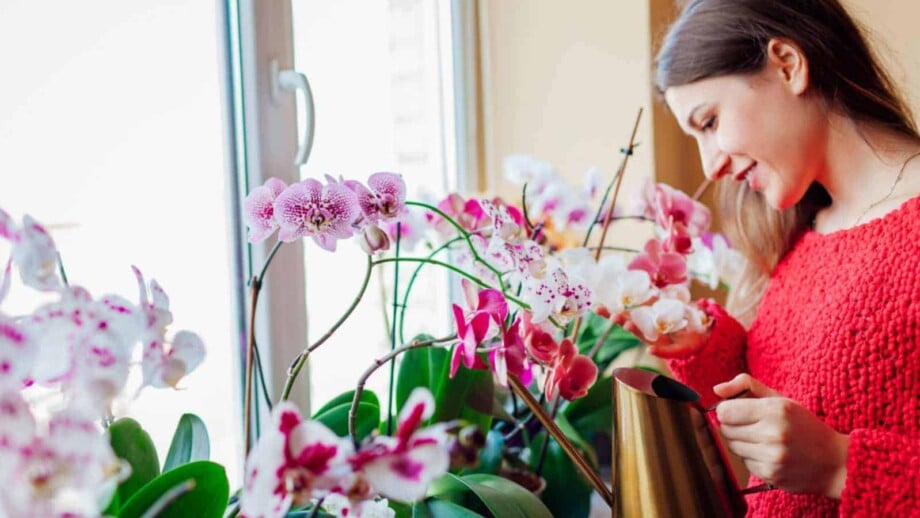Are you ready to bring the beauty of orchids into your home? Orchids may have a reputation for being finicky, but with the proper care, you can turn your indoor space into a stunning orchid sanctuary. Imagine delicate, vibrant blooms gracing your windows. Today, we’ll unveil the secrets to nurturing these exotic flowers indoors so you can enjoy their elegance year-round. Let’s dive into the world of orchids and learn how to make your home their perfect haven.
Identify the Species

Orchids encompass a vast range of species, each with unique care requirements. By accurately identifying your orchid’s species, you gain valuable insights into its specific needs. This knowledge empowers you to provide tailored care, ensuring your orchid’s growth and blooms reach their full potential.
Choose the Right Container
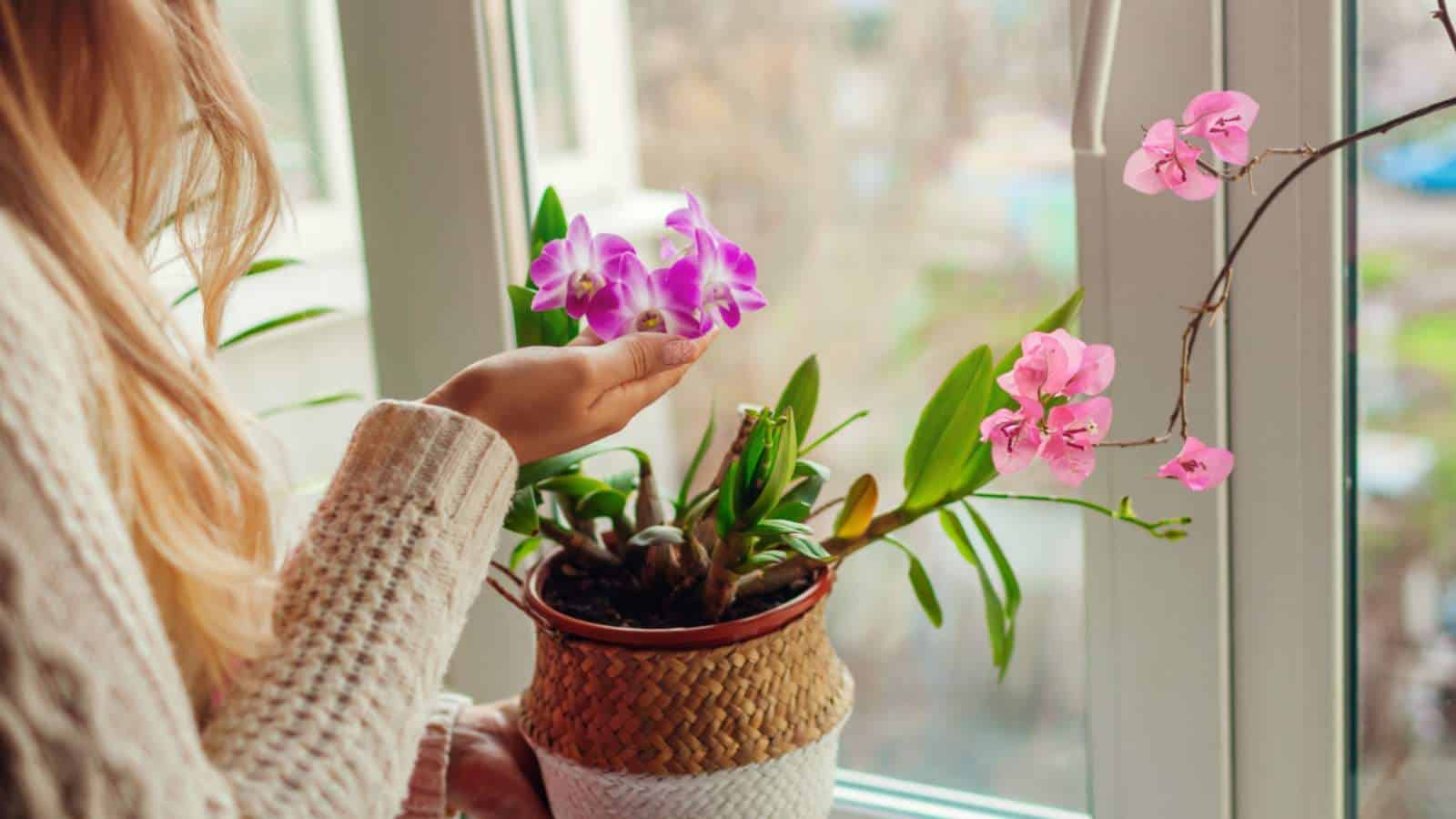
The choice of container is pivotal in orchid care. Baskets offer exceptional air circulation, resembling the orchid’s natural epiphytic habitat. On the other hand, terracotta pots, with their drainage holes, provide a balance of airflow and moisture control, as they also wick away excess water. Decorative ceramic pots are suitable for houseplants, but it’s crucial to ensure proper drainage to prevent root damage. Your choice of container significantly influences your orchid’s overall health and growth.
Use the Right Planting Medium

Orchids need the right potting mix to support healthy growth. Orchid bark potting mix, which includes bark, charcoal, and pumice, mimics the plant’s natural habitat. It ensures optimal air circulation around the roots, preventing moisture buildup and potential root rot. Choosing the correct planting medium is a fundamental step in cultivating thriving orchids.
Fertilize, Fertilize, Fertilize

Fertilization is the lifeblood of thriving orchids. During the blooming season, regular fertilization is essential for optimal flower production. Use a balanced fertilizer, such as a 20-20-20 formula diluted to half strength, and apply it every two weeks. However, during the dormant period, reduce the frequency to once a month to maintain your orchid’s health and vitality.
Maintain the Right Temperature

Orchids are sensitive to temperature variations, with preferences spanning cool, intermediate, and warm-growing categories. To support healthy growth and prevent stress, it’s crucial to understand your orchid’s specific temperature needs. Providing the right temperature conditions ensures your orchid thrives in its indoor environment.
Provide the Enough Humidity

Orchids thrive in high-humidity environments, and maintaining the appropriate moisture level is essential for their well-being. Various methods can help achieve this, such as misting your orchids, using a humidifier, or placing a water-filled plate under the pot with the pot elevated. These measures create an ideal atmosphere for your orchids to flourish.
Avoid Overwatering

Overwatering ranks as a common pitfall in orchid care. Orchids, especially during their dormant periods, require less frequent watering. Allowing the potting medium to dry out between watering sessions prevents root rot. During the blooming season, adjust your watering frequency to match your orchid’s needs and maintain its flourishing health.
Avoid Underwatering

Underwatering can be detrimental to your orchids. When the humidity isn’t ideal, and the roots lack sufficient water for an extended period, the leaves may become dry and brittle. To prevent this, maintain a regular watering schedule, typically giving your orchids a good soaking once a week while allowing the potting medium to dry out between waterings.
Prune Yellow or Brown Stems

Once your orchid has completed its flowering cycle, a careful assessment of the stem’s condition is necessary. Pruning yellow or brown branches is recommended while retaining green, healthy portions ensures the possibility of future flowering. This post-bloom care practice prolongs your orchid’s life and beauty.
Check the Roots When Repotting
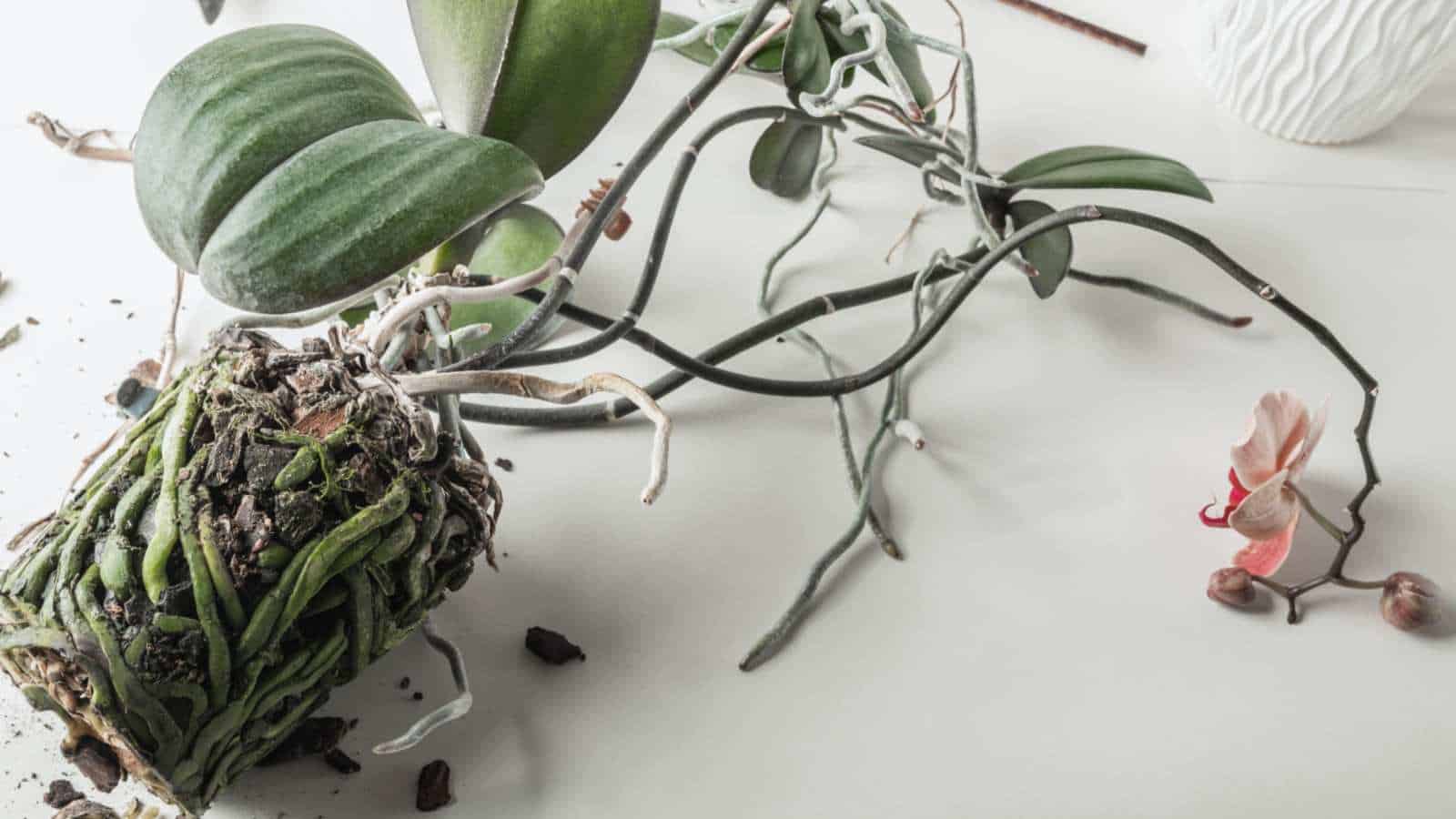
During repotting, pay close attention to your orchid’s roots. The condition of the roots provides valuable insights into your plant’s health. Healthy roots are light green to white and somewhat flexible. Roots that are brown, mushy, or dry and brittle indicate issues with water levels. Address these concerns during repotting to ensure your orchid’s vitality.
Prune and Repot at the Right Time
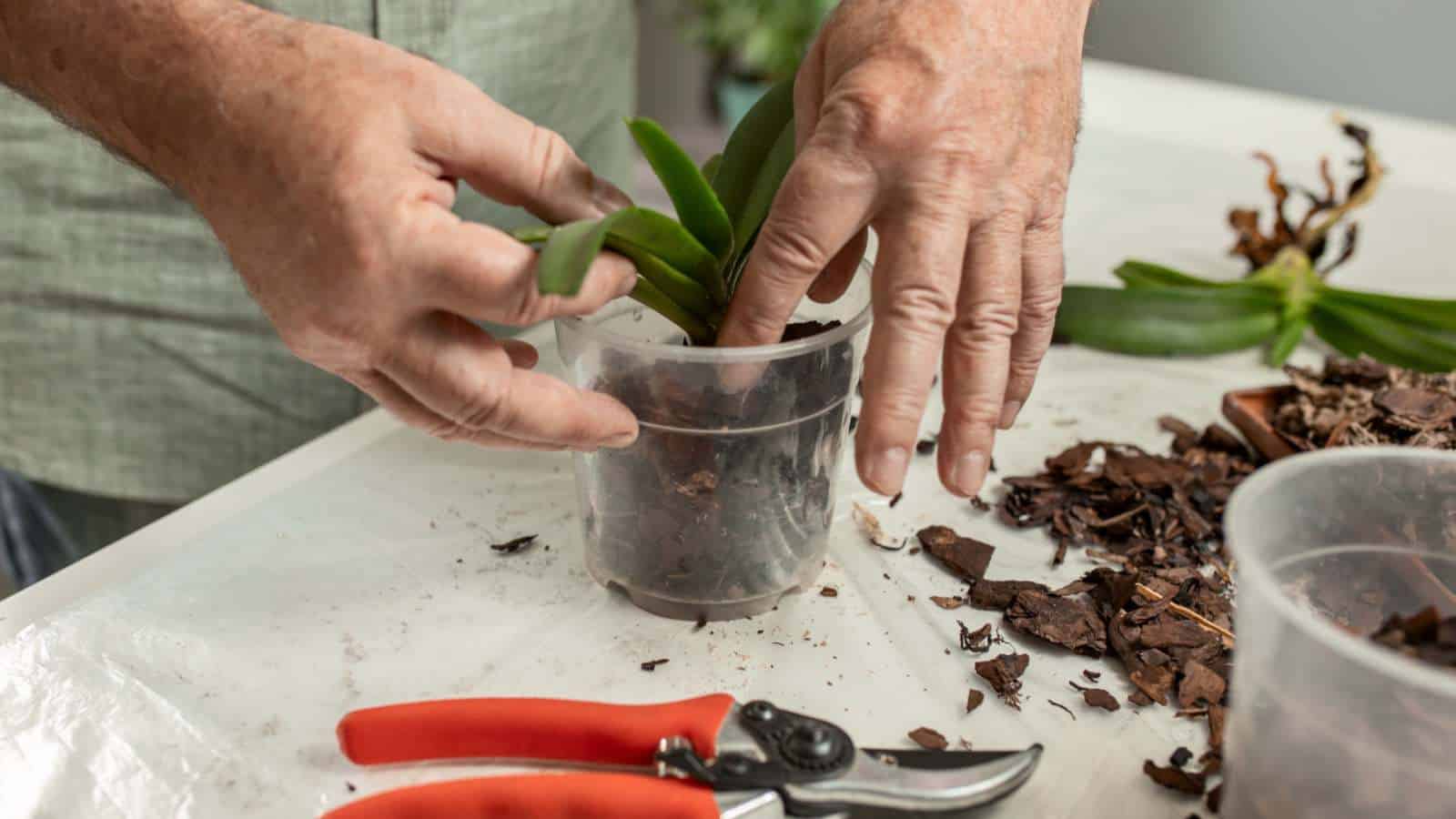
Timing is crucial when it comes to pruning and repotting your orchid. The best time for these activities is immediately after the flowering period. Ensuring that your tools are clean and sharp is of utmost importance to prevent disease transmission. Good hygiene during pruning and repotting is a vital factor in the long-term health of your orchid.
Encourage Reblooming

Orchid enthusiasts can prolong the beauty of their plants by encouraging reblooming. After the flowers have fallen, trimming the stem just above the lowest node can trigger the growth of a new flowering stalk. This simple technique opens the door to enjoying multiple rounds of orchid blooms, making your indoor garden even more enchanting.
Inspect for Diseases and Pests
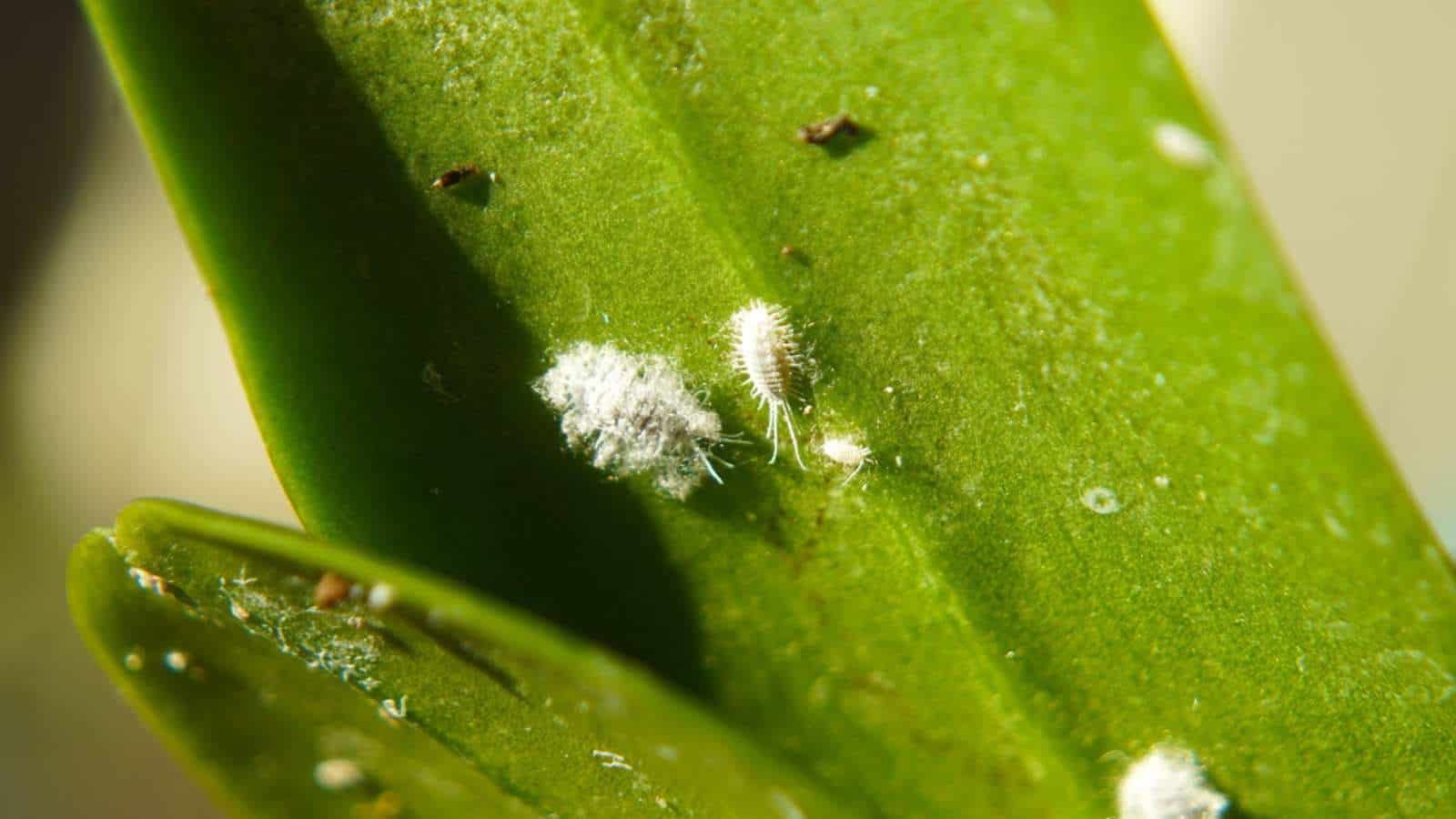
Regularly inspect your orchids for diseases and pests, as early detection is critical to effective treatment. Common orchid pests include scale insects, mealybugs, mites, and aphids. These can damage blooms and leaves. To address infestations, wipe the leaves and stems with isopropyl alcohol on a cotton swab to eliminate the pests.
Always Clean Your Tools

Maintaining proper hygiene with your gardening tools is essential. Before using your devices on healthy plants, sterilize them. This precaution prevents the spread of diseases and pests, ensuring the well-being of your orchids.
Provide Post Bloom Care

Post-bloom care is essential for the longevity of your orchids. If the stem remains green and flexible after blooming, you can choose to do nothing. However, you can also trim the stem to encourage new growth. Be cautious when cutting to avoid removing the entire pseudobulb, which stores water and nutrients for future growth. Proper post-bloom care ensures your orchids continue to thrive and bloom for many seasons.
Other Orchid Guides from Planet Natural:
Orchid: How to Grow and Care for Orchids (Complete Guide)
How to Easily Grow and Care for Phalaenopsis Orchids Indoors

